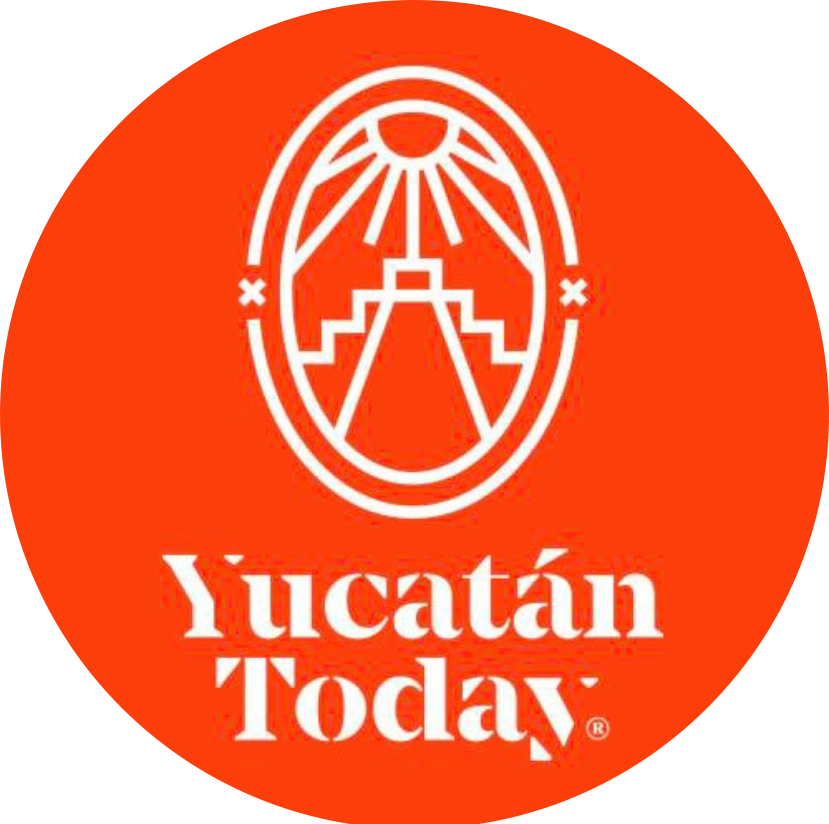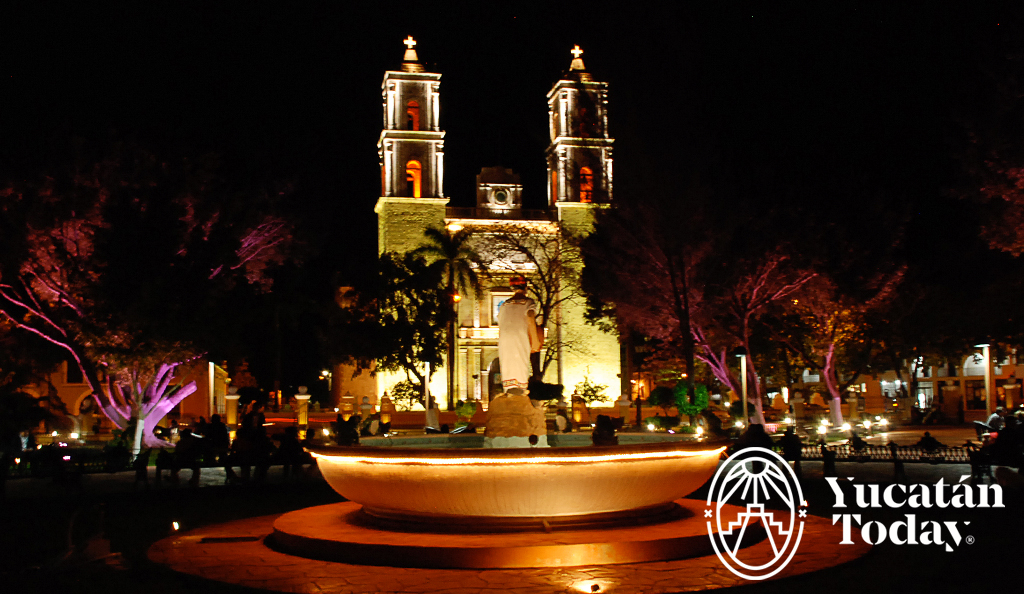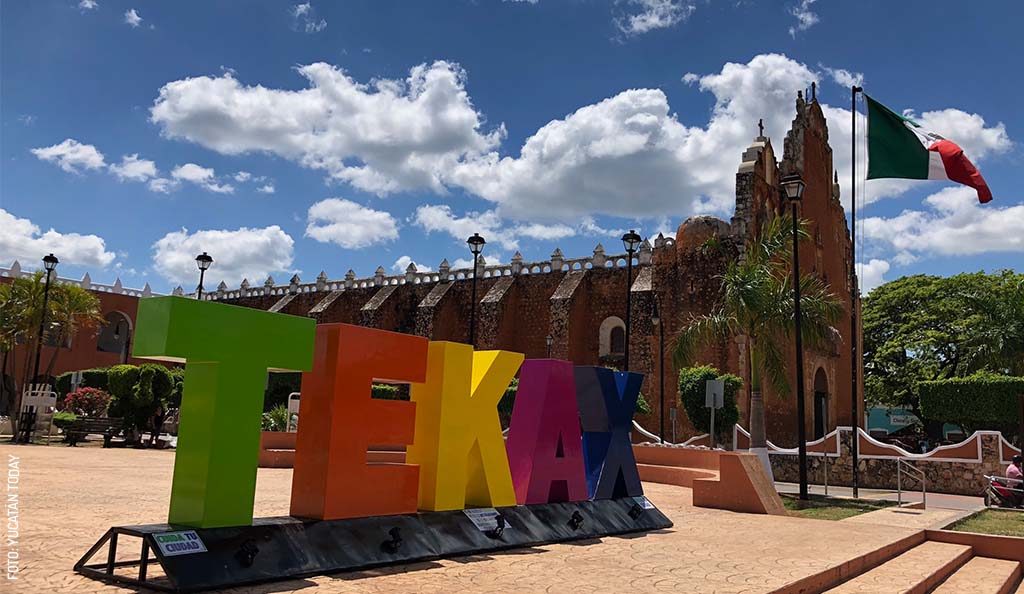
Caves, colonial buildings, and Maya pyramids are what make Tekax (tay-KAHSH) so special. Located in the southern part of the Yucatán, 78 miles below Merida, in the Puuc (hilly) region, you will find the village of Tekax lives up to its slogan of "one destination, so many options." Tekax, which means "The Place of the Forests," is one of those 'off the beaten track' places that has yet to be discovered and has so much to offer. And hard to believe, in 1845 Tekax was the capital of Yucatán.
The nearby caves that you can visit are Sabac-Ha, Los Chocantes, Oxpel-Hal and Actun-Hom. For the caves you will need a guide. We recommend Mr. Victoriano Duarte who can be reached on Calle 55 between 52 and 50 A.
The colonial buildings include the cathedral that is named San Juan Bautista and dates from 1609. The Ermita of San Diego is located at the southern end of town on a hill and only opens its doors on special holidays. It is a great place to get a good view and pictures of Tekax. You can also visit the Chapel of the Eternal Father and La Casa de los Tres Pisos (the 3-storey house).
The Maya pyramids are in Chacmultun which means "the place of the red ants.” There are many other unrestored mounds all over the entire area. Entrance: $43 pesos.
From November 8th - 13th the village honors its Patron Saint during the San Diego de Alcala fair. During this village fiesta, you will see masses, parades, bullfights, fireworks, dances, and mechanical rides. Tekax has hotels and restaurants to make your stay comfortable. A unique architectural feature in the Yucatán, the three-story house in Tekax is an interesting building and part of Yucatecan history. Most colonial homes are very tall one storey buildings. In the tropical climate, tall ceilings make for cooler homes. The unique three-storey house in Tekax has three very tall stories! Presently owned by Luis Manuel Machain Peraza, the chronicler of the city of Tekax, he will gladly and proudly open his home to you so you can see it.
There are two staircases. Luis Manuel will take you up the regal, safe, strong stone staircase (note the hand-painted wallpaper designs) to the second floor where he will then take you up the spiral stone staircase to the roof. Once on the roof (or from the street below if you are not able to enter the house) notice the Spanish cross and crown on the top of the staircase tower – very Spanish. Note the steps of the spiral staircase – they are solid slabs of stone carved to form this lighthouse-type staircase. Quite unique.
The house is actually in a state of disrepair. Considering the history that it holds, we do hope that some government branch or restoration committee will see fit to include it in a remodeling program. If he forgets to ask you to sign his guest book, ask him… he will be so happy. He might even take out and show you the official flag of Tekax. To enter, knock on the door. Visiting this house is a unique opportunity to get behind the walls of a family home. This is not a fancy remodeled place, but an authentic piece of history that houses a normal everyday family.
You can get to Tekax via rental car, bus, or the collective transportation that is located on the San Juan Park in Merida (Calle 64 between 69 and 71.) If you drive yourself, you can take the Muna, Ticul, Oxkutzcab route or the new Mundo Maya Highway that goes from Merida to Mayapan and the Loltun Caves.
Download your Map of:
Read more about Tekax:

Author: Yucatán Today
Yucatán Today, la compañera del viajero, es un medio bilingüe de información turística sobre destinos, cultura, gastronomía y el qué hacer en Yucatán con 37 años de trayectoria.
¡Receive the latest articles and much more from the best of Yucatán in your email!
Main topics that may interest you
Table of Contents
Related articles

Magic Towns
Valladolid
Valladolid, Pueblo Mágico Located halfway (two hours from each) between Mérida and Cancún, Valladolid, named "Pueblo Mágico" in August 2012, is a...
Activities
Tekax: one of the new Magical Towns of Yucatán
Explore Tekax, Yucatán's new Magical Town, offering rich culture, ecotourism adventures, and diverse activities for unforgettable family experiences.
Destinations





